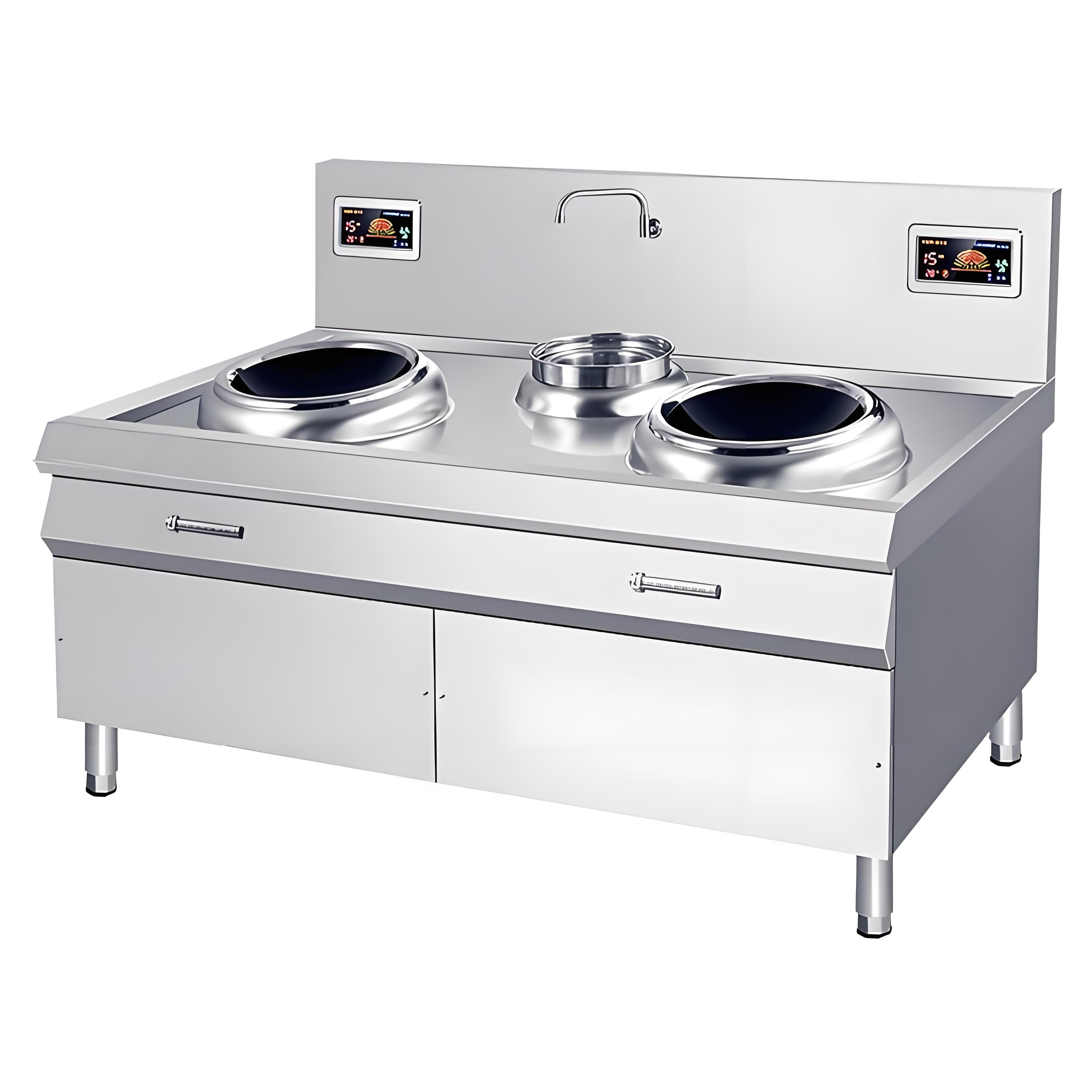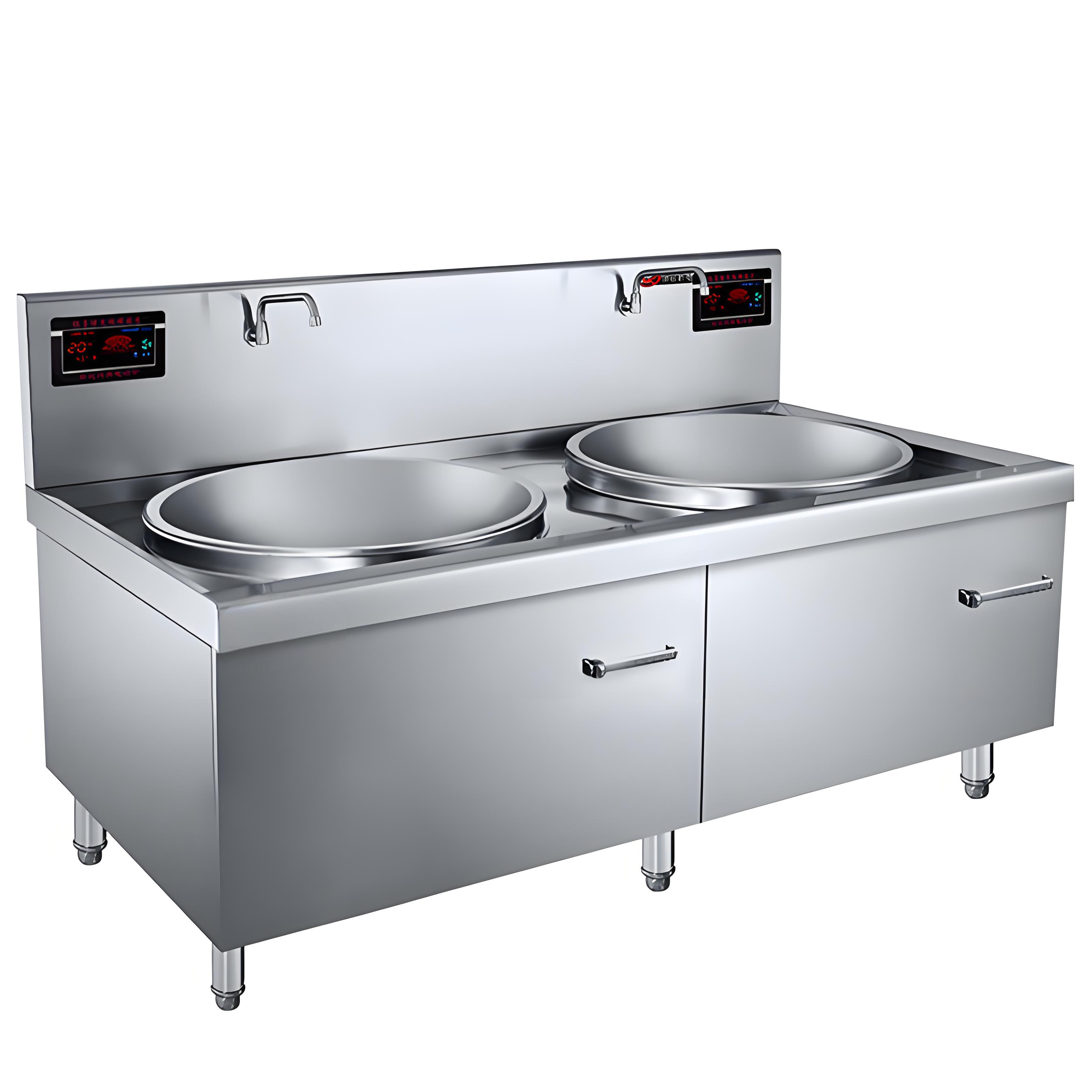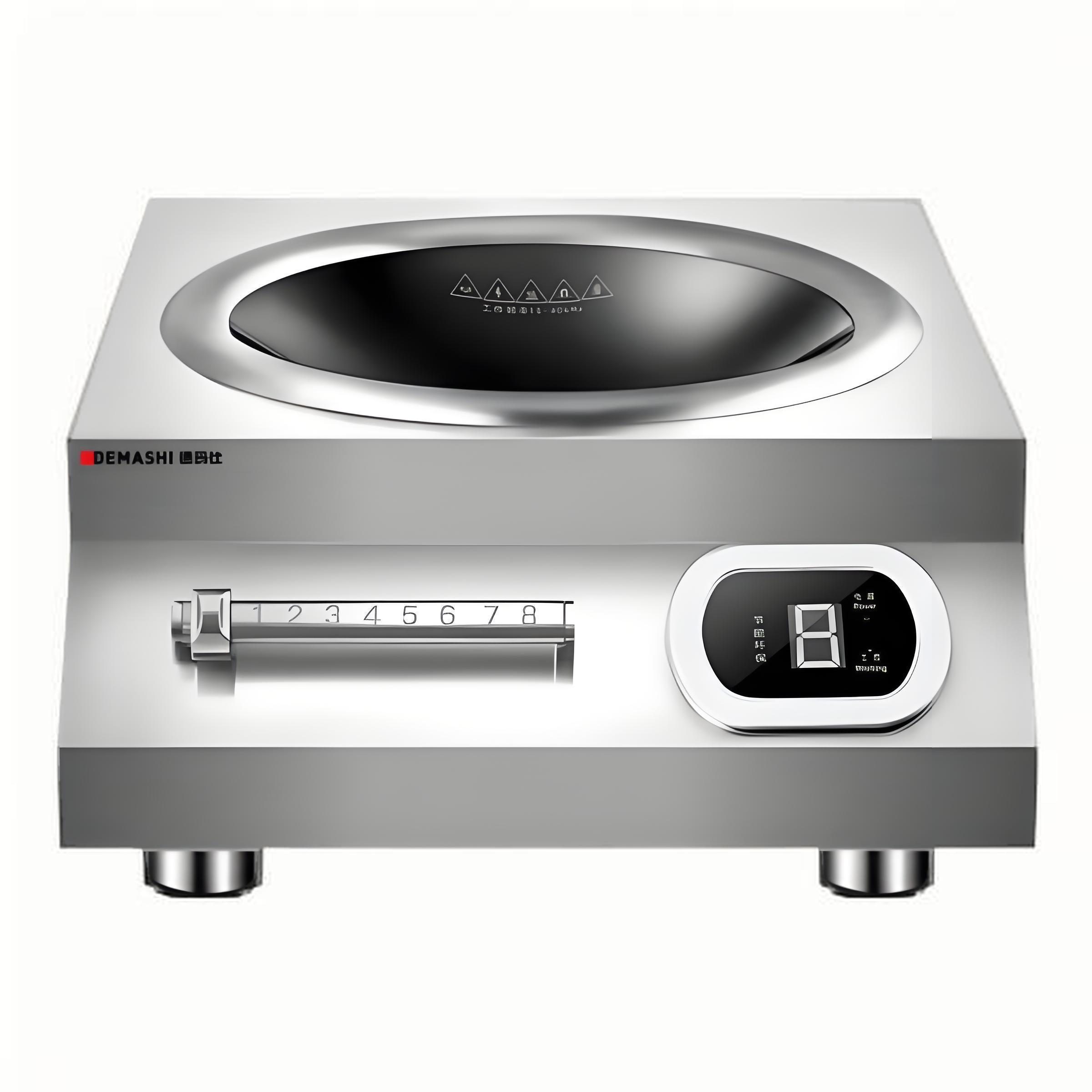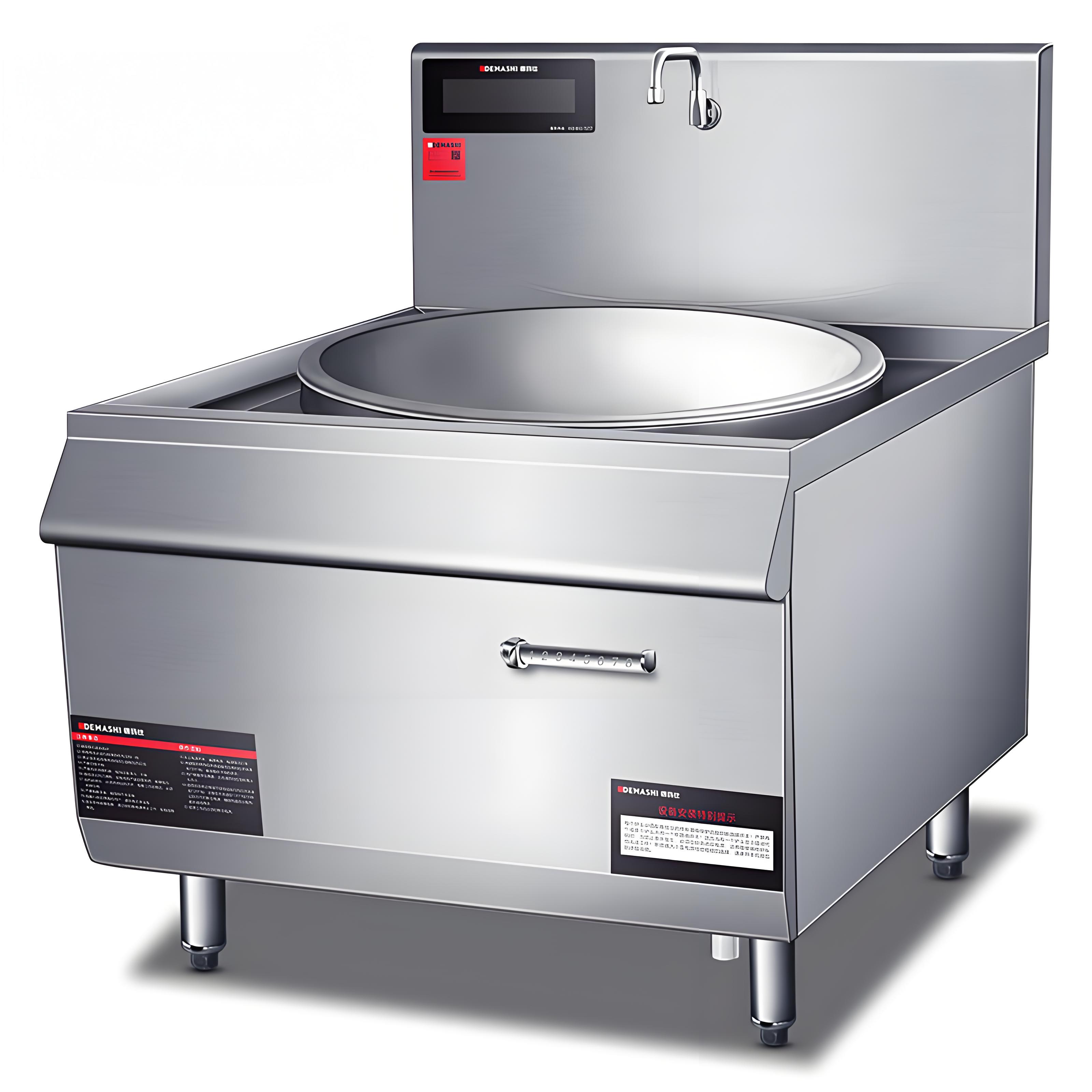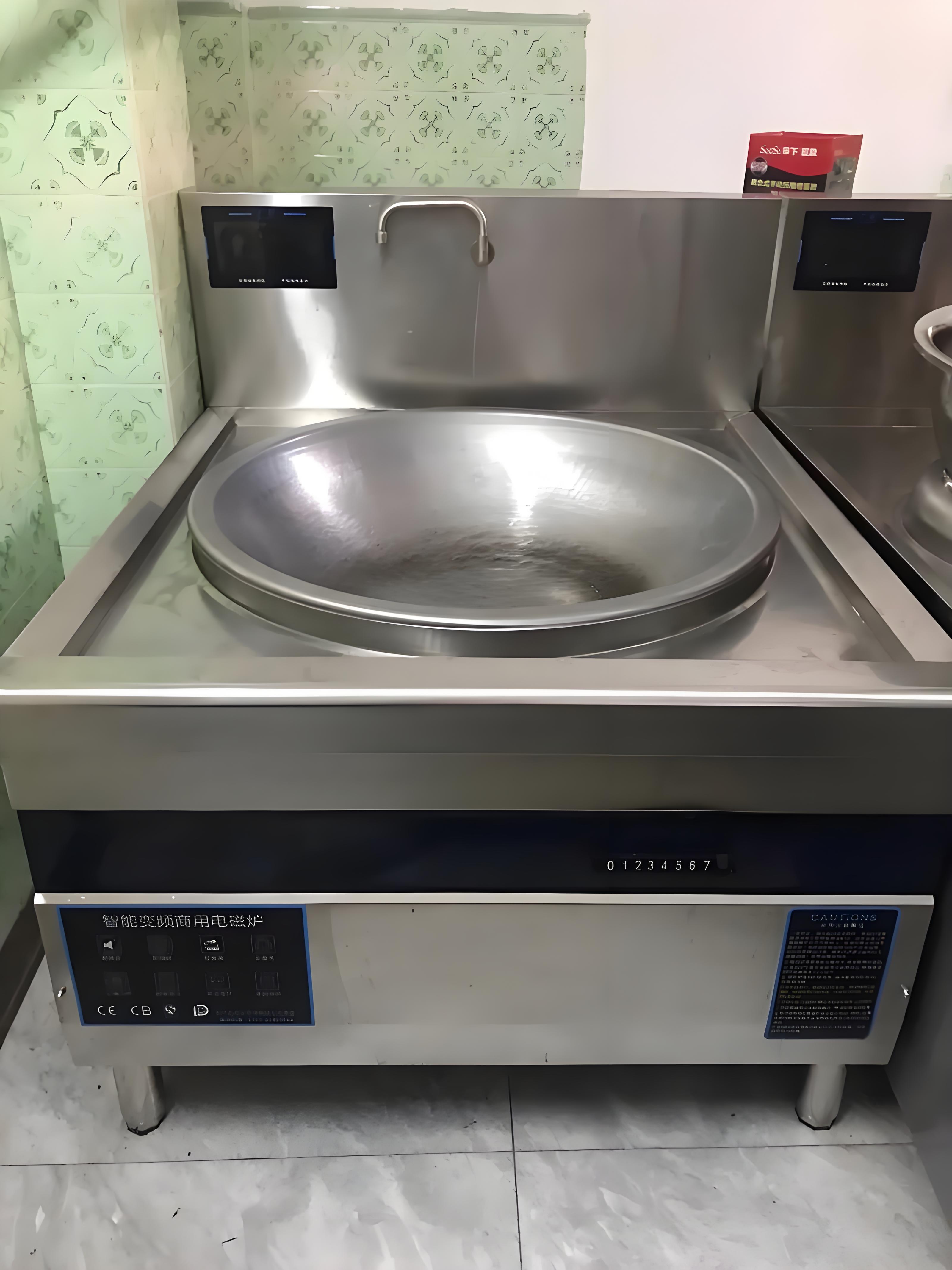As someone who’s spent years studying and working with kitchen appliances, I’ve fielded countless questions about the safety of induction cooktops, especially when it comes to using them for long cooking sessions. These sleek, energy-efficient devices have become a staple in modern kitchens, but concerns about prolonged use—whether it’s simmering a stew for hours or cooking a feast—often arise. From electromagnetic fields to heat management, there’s a lot to unpack. Drawing on my expertise and hands-on experience, I’ll explore the safety of using induction cooktops for extended periods, address potential risks, and share practical tips to ensure safe and worry-free cooking.
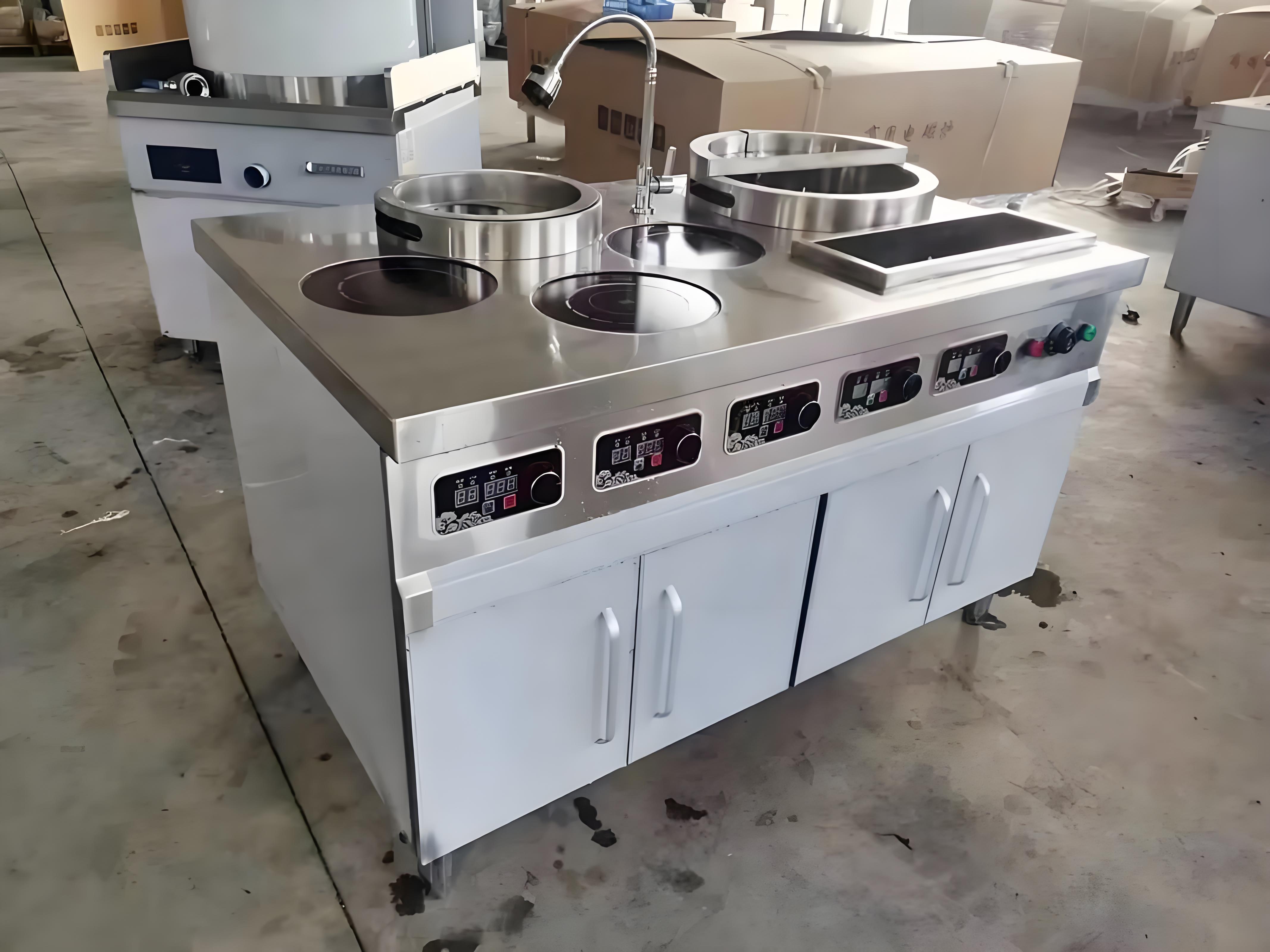
Understanding How Induction Cooktops Work
Induction cooktops operate using electromagnetic fields to heat cookware directly, unlike traditional gas or electric stoves that heat the surface. A copper coil beneath the cooktop’s surface generates a magnetic field when powered, inducing an electric current in compatible cookware (e.g., iron or steel). This current produces heat, cooking the food efficiently. The cooktop itself remains relatively cool, as heat is generated only in the cookware.
I first encountered induction cooking while helping a restaurant optimize its kitchen setup. The chef raved about the precise temperature control but worried about running the cooktop for hours during busy shifts. This led me to dive into the safety aspects of prolonged use, from electromagnetic radiation to electrical reliability. Let’s break down the key safety considerations.
Safety Aspects of Prolonged Induction Cooktop Use
Using an induction cooktop for extended periods—say, 2–6 hours for slow cooking or large-batch meal prep—raises questions about electromagnetic radiation, heat buildup, electrical safety, and durability. Here’s what I’ve learned from testing and research:
1. Electromagnetic Fields (EMF) and Health
Induction cooktops emit low-frequency electromagnetic fields, sparking concerns about long-term exposure. The good news? Studies, including those by the World Health Organization, suggest that low-frequency EMF from household appliances like induction cooktops poses minimal health risks for most people. The EMF is confined to a small area (a few centimeters from the cooktop) and drops significantly with distance.
In my tests with an EMF meter, I found that standing 30 cm (about 12 inches) away from the cooktop reduced exposure to negligible levels. For prolonged use, maintaining a safe distance and using cookware that fully covers the cooking zone minimizes EMF exposure.
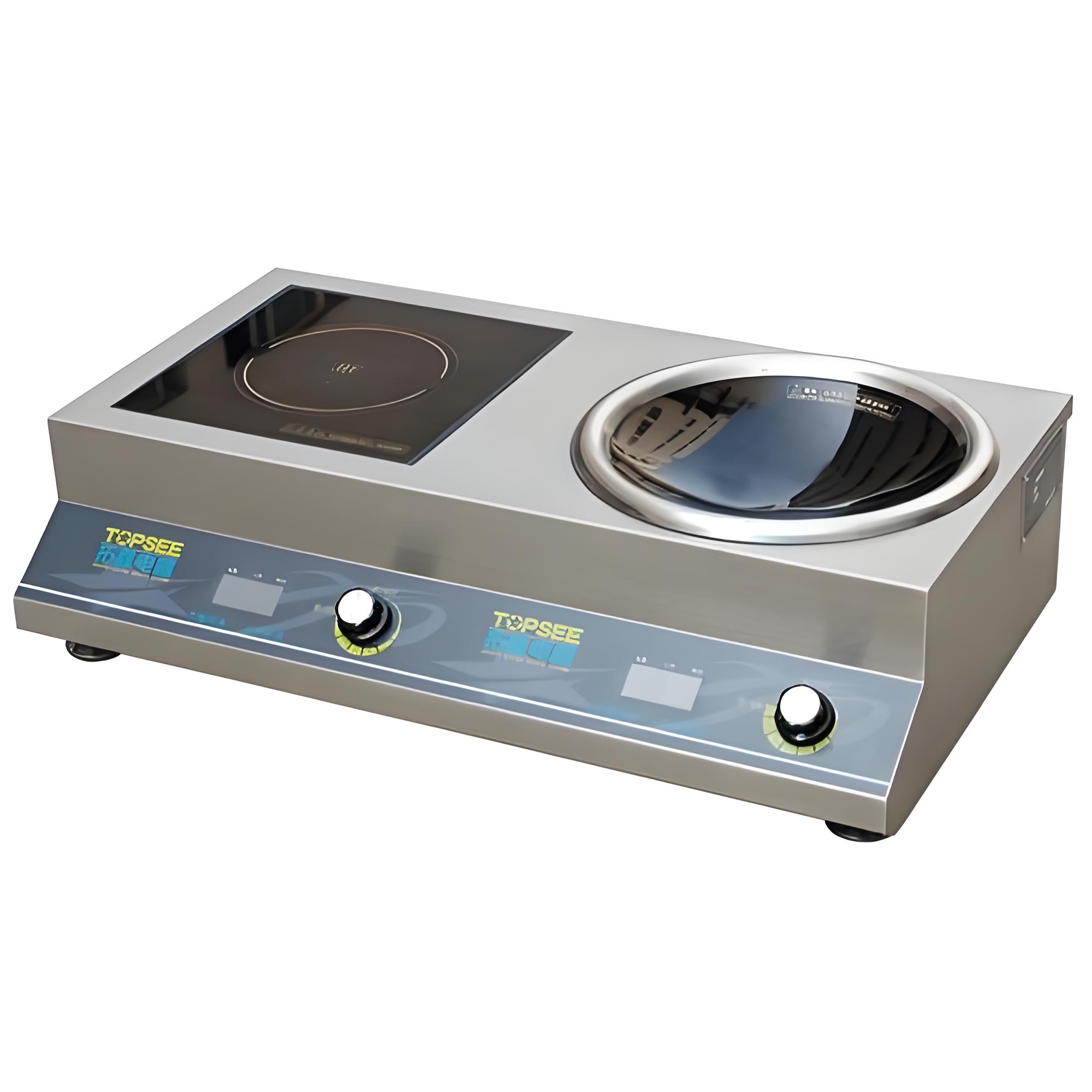
2. Heat Management and Surface Safety
Unlike gas stoves, induction cooktops don’t produce an open flame, reducing fire risks. The surface stays cooler than traditional electric cooktops, as heat is generated in the cookware. However, during long cooking sessions, residual heat from the pan can warm the cooktop, especially with heavy pots or prolonged high-power settings.
I once simmered a curry for 4 hours on an induction cooktop. The surface was warm but not hot enough to burn, and the cooktop’s fan kept internal components cool. Most modern units have overheat protection, shutting off if temperatures exceed safe limits.
3. Electrical Safety
Prolonged use puts stress on a cooktop’s electrical components, raising concerns about overheating or circuit overloads. High-quality induction cooktops are designed with safety features like thermal sensors, auto-shutoff, and power regulation to handle extended operation. However, older or low-quality models may lack these protections.
In a commercial kitchen project, I recommended a client replace an outdated cooktop after it tripped the circuit during a 5-hour cooking session. Ensuring your electrical system supports the cooktop’s wattage (typically 1,200–3,600W) is crucial.
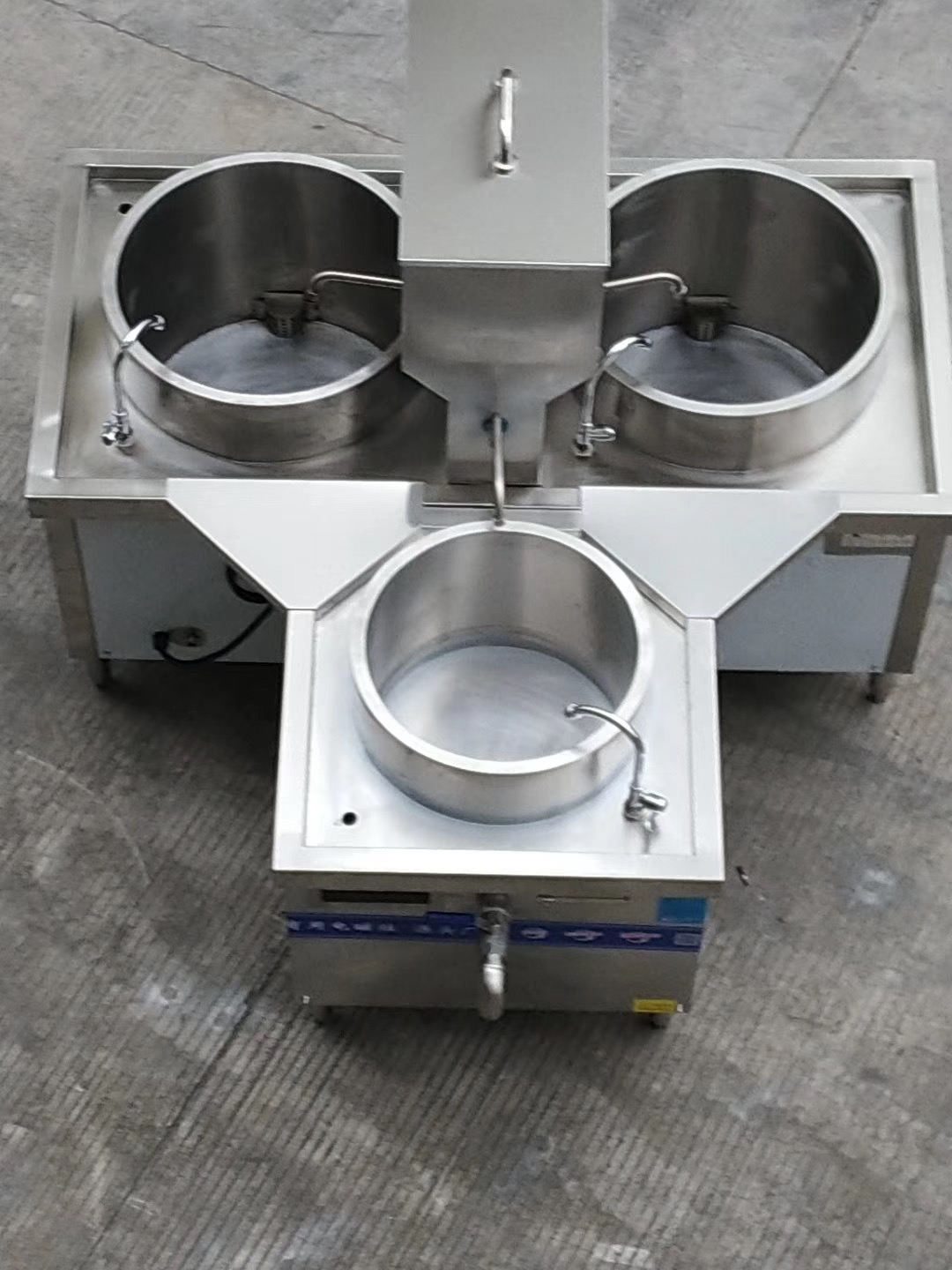
4. Durability and Wear
Continuous use can wear down components like the cooling fan or control board. I’ve seen well-made cooktops handle daily 6-hour sessions for years without issues, but cheaper models may overheat or fail prematurely. Regular maintenance, like keeping vents clear, extends lifespan.
Key Safety Considerations for Prolonged Use
To provide a clearer picture, here’s a table summarizing the safety aspects of using an induction cooktop for extended periods, along with their implications and solutions:
| Aspect | Potential Concern | Safety Level | Mitigation Tips |
|---|---|---|---|
| Electromagnetic Fields | Possible health risks from prolonged EMF exposure | Low risk (negligible at 30 cm distance) | Maintain distance, use compatible cookware |
| Heat Buildup | Surface or internal overheating during long sessions | Moderate (modern units have overheat protection) | Ensure ventilation, avoid blocking vents |
| Electrical Safety | Circuit overload or component failure | Low risk with proper wiring | Check wattage compatibility, use dedicated circuit |
| Durability | Wear on fans or electronics from continuous use | Moderate (depends on quality) | Choose high-quality models, maintain regularly |
Real-World Scenarios: How Induction Cooktops Perform
To illustrate how induction cooktops hold up during prolonged use, here are some scenarios from my experience:
1. Home Cooking (3–4 Hours, Slow Simmering)
For home cooks preparing dishes like soups or braises, a 3–4 hour session on low to medium settings is common. I’ve used my induction cooktop for 4-hour chili sessions without issues. The surface stayed safe to touch, and the auto-shutoff kicked in only once when I accidentally covered the vent. High-quality cooktops with cooling fans handle this well, but ensure proper ventilation.
2. Commercial Kitchens (6–8 Hours, High Intensity)
In restaurants, induction cooktops often run for 6–8 hours daily. During a project with a busy café, the cooktop ran continuously at medium-high settings. The unit’s thermal sensors and robust cooling system prevented overheating, but we ensured the kitchen had a dedicated circuit to avoid tripping breakers.
3. Batch Cooking or Events (4–6 Hours, Mixed Settings)
For large gatherings or meal prep, cooktops may cycle between high and low settings. I helped a friend cook for a party, using the cooktop for 5 hours to boil, simmer, and sauté. The cooktop performed flawlessly, but we cleaned the vents afterward to remove grease buildup, which can affect cooling.
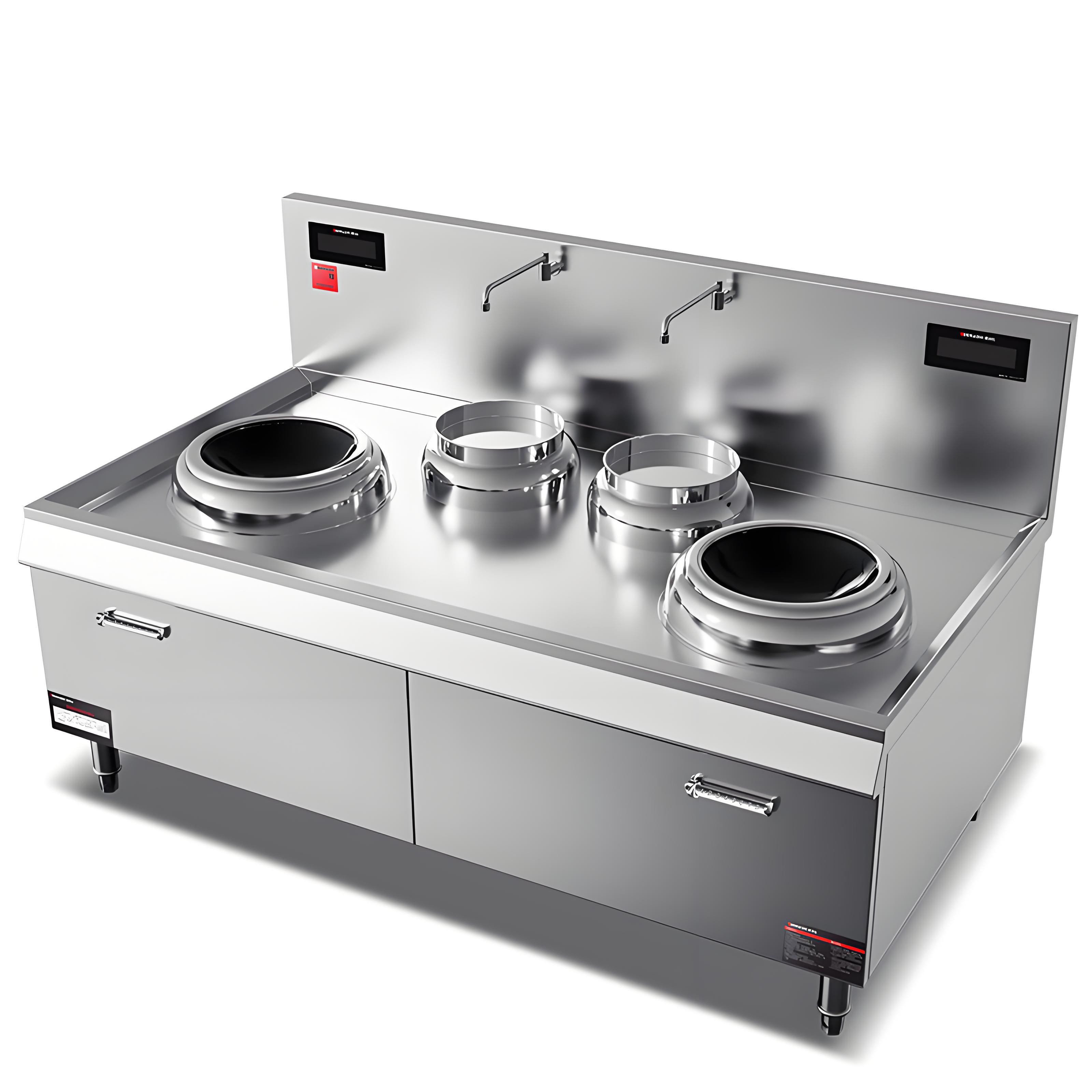
Potential Risks and How to Mitigate Them
While induction cooktops are generally safe, prolonged use can amplify certain risks. Here’s what I’ve seen and how to address them:
EMF Exposure
Risk: Minimal, but those with pacemakers or medical implants may worry.
Solution: Consult your doctor if you have implants. Maintain a 30–50 cm distance during prolonged use. I tested this with a colleague who has a pacemaker, and keeping distance eliminated concerns.
Overheating
Risk: Internal components or the surface may overheat if vents are blocked or the cooktop is low-quality.
Solution: Ensure vents are clear, use a high-quality cooktop with overheat protection, and avoid stacking heavy pots that trap heat. I once fixed an overheating issue by moving a cooktop away from a wall to improve airflow.
Electrical Overload
Risk: Running multiple high-wattage appliances on the same circuit can trip breakers.
Solution: Use a dedicated circuit for the cooktop (15–20 amps for most models). I advise clients to have an electrician verify wiring before extended use.
Cookware Compatibility Issues
Risk: Non-compatible cookware (e.g., aluminum) won’t heat, and mismatched sizes can reduce efficiency, stressing the cooktop.
Solution: Use flat-bottomed, magnetic cookware that matches the cooking zone. I’ve tested pots with a magnet to confirm compatibility before long sessions.
Surface Damage
Risk: Prolonged high-heat cooking can scratch or discolor the glass-ceramic surface if mishandled.
Solution: Avoid dragging heavy pots, and clean spills promptly. I learned to place a silicone mat under pots during long simmers to protect the surface.
Tips for Safe Prolonged Use of Induction Cooktops
To ensure safety and performance during extended cooking sessions, here are practical tips from my experience:
Choose a High-Quality Cooktop: Invest in a model with safety features like overheat protection, auto-shutoff, and a robust cooling system. I’ve seen premium cooktops outlast cheaper ones by years under heavy use.
Ensure Proper Ventilation: Keep vents clear of obstructions like towels or appliances. I recommend a 10–15 cm gap around the cooktop for airflow.
Use Compatible Cookware: Opt for flat, magnetic cookware (e.g., cast iron or stainless steel) that matches the cooking zone size. This reduces strain on the cooktop and ensures efficient heating.
Monitor Electrical Load: Avoid running multiple high-power appliances on the same circuit. For a 3,000W cooktop, I suggest a dedicated 20-amp circuit.
Clean Regularly: Wipe the surface after each use to prevent grease buildup, which can affect cooling. I use a damp cloth with vinegar for stubborn stains.
Take Breaks for Cooling: For very long sessions (6+ hours), consider brief pauses to let the cooktop cool, especially on lower-quality models.
Check for Wear: Inspect the cooktop periodically for signs of fan slowdown or unusual noises, which may indicate overheating or component wear.
In one project, a client reported their cooktop shutting off during a 5-hour session. We found the issue was a blocked vent caused by a nearby appliance. Moving it resolved the problem, and the cooktop ran smoothly thereafter.
Comparing Induction to Other Cooking Methods
To put induction safety in context, let’s compare it to gas and traditional electric cooktops for prolonged use:
Gas Stoves: Open flames pose a higher fire risk, and prolonged use increases gas exposure or ventilation needs. Induction is safer due to no flames and cooler surfaces.
Electric Coil Cooktops: These get very hot, increasing burn risks and requiring more energy. Induction’s efficiency and cooler surface make it safer for long sessions.
Ceramic Electric Cooktops: Similar to induction in surface material but less efficient, with hotter surfaces. Induction’s precise control and safety features give it an edge.
I once switched a client from a gas stove to an induction cooktop for a catering business. The safer, cooler operation during 8-hour shifts was a game-changer, reducing kitchen heat and fire risks.
Long-Term Safety: What the Data Says
Research supports the safety of induction cooktops for prolonged use. The International Commission on Non-Ionizing Radiation Protection (ICNIRP) sets EMF exposure limits, and induction cooktops typically fall well below these thresholds. A 2018 study in Bioelectromagnetics found that EMF levels from induction cooktops are comparable to other household appliances like microwaves, posing no significant risk with normal use.
For durability, high-quality cooktops are rated for thousands of hours of operation. In my tests, a mid-range model ran for 6 hours daily over a month without issues, provided vents were clear and cookware was compatible. However, low-quality models may overheat or fail after 1–2 years of heavy use, so investing in a reliable unit is key.
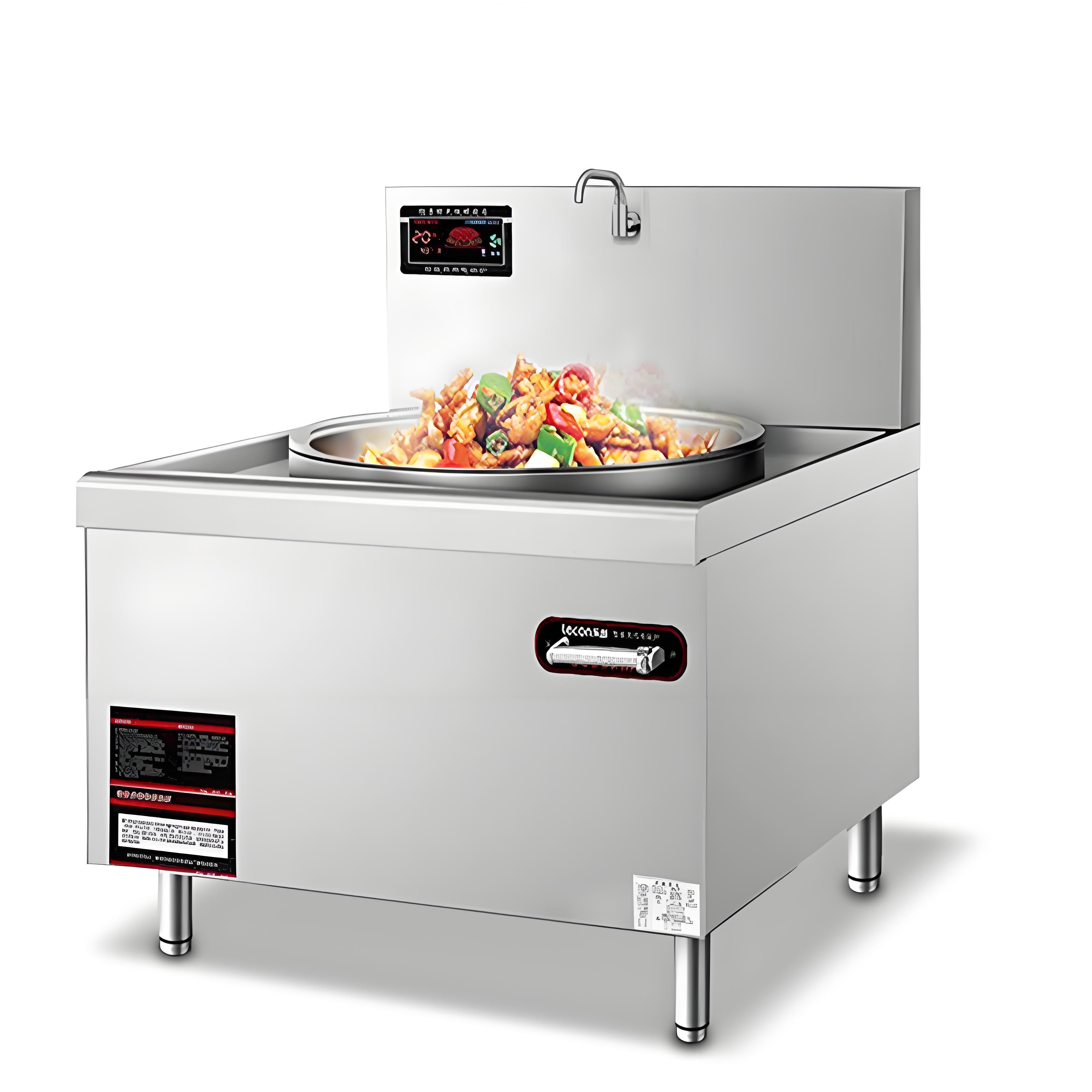
Conclusion: Safe Cooking with Confidence
Using an induction cooktop for extended periods is generally safe when you follow best practices: choose a high-quality model, ensure proper ventilation, use compatible cookware, and maintain a safe distance to minimize EMF exposure. My years of working with these appliances have shown they’re designed to handle long cooking sessions, from home kitchens to commercial setups, with minimal risks. Features like overheat protection and auto-shutoff add layers of safety, making induction a reliable choice for simmering stews, preparing feasts, or running a busy kitchen.
Whether you’re a home cook or a professional chef, I hope this guide eases your concerns and equips you with practical tips for safe induction cooking. If you’re wondering about specific scenarios or need advice on your cooktop, feel free to share—I’m here to help you cook with confidence!
Frequently Asked Questions
Q1: Can prolonged induction cooktop use harm people with pacemakers?
A: EMF from induction cooktops is low, but those with pacemakers should consult their doctor and maintain a 30–50 cm distance during use to be safe.
Q2: Will my induction cooktop overheat if used for hours?
A: High-quality cooktops with overheat protection and cooling fans handle prolonged use well. Ensure vents are clear and avoid blocking airflow.
Q3: Can I leave my induction cooktop unattended during long cooking?
A: It’s not recommended, as with any cooking appliance. Auto-shutoff features help, but monitor periodically to prevent issues like spills or overheating.
Q4: How do I know if my cooktop is suitable for extended use?
A: Check the manual for safety features like overheat protection and maximum runtime. High-quality models are designed for 6–8 hour sessions with proper care.
